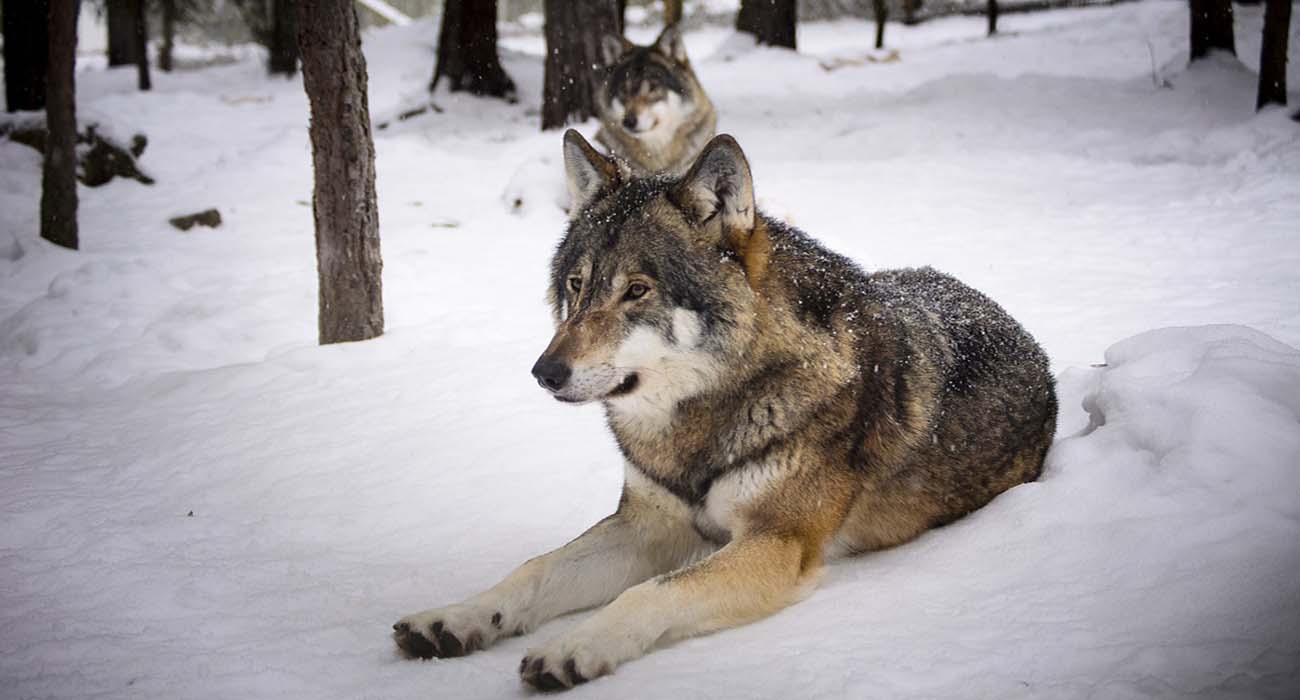
Mackenzie Valley Wolf Height. The Mackenzie Valley Wolf Canis lupus occidentalis also known as the Canadian Timber Wolf is Mackenzie Valley wolves inhabit much of western Canada and Alaska including Unimak Island. These massive predators have very keen senses of sight hearing and smell and can travel at around 5 miles per hour for long periods of time during their hunt or traveling within their territory. One weighing 175 pounds was caught in Alaska in 1939. A wolf pack may spend 8-10 hours a day on the move and may cover 40 miles a day during winter hunts.

Mackenzie Valley wolves typically stand about 3234 inches 8085 cm at the shoulder and males weigh between 100 and 170 pounds 4570 kg. However we can still narrow down to what specific species of wolf is the biggest. They measure 32 to 36 inches shoulder height and 5 to 7 feet in length from the tip of the nose to the end of the tail. It is the only known species to possess the Roan marking. Originally identified as subspecies Canis lupus mackenzii in 1943 the Mackenzie Wolf was reclassified in 1992 as being a member of the subspecies Canis lupus occidentalis. The Mackenzie Valley Wolf has a specialized body that has made it one of the worlds most efficient hunters.
They are mostly active at sunrise and sunset.
A wolf pack may spend 8-10 hours a day on the move and may cover 40 miles a day during winter hunts. 120-155 lbs 54-70 kg As one of the largest subspecies of Grey Wolf it tends to be a tall long and sturdy wolf which relies. The Arabian Wolf Standing approximately 26 inches shoulder height and weighing an average of 40 pounds the Arabian Wolf is the smallest wolf subspecies yet the largest canid in Arabia. However we can still narrow down to what specific species of wolf is the biggest. A wolf pack may spend 8-10 hours a day on the move and may cover 40 miles a day during winter hunts. This is because it is widespread across Alaska Mackenzie River Valley Canada and parts of the northwestern United States.